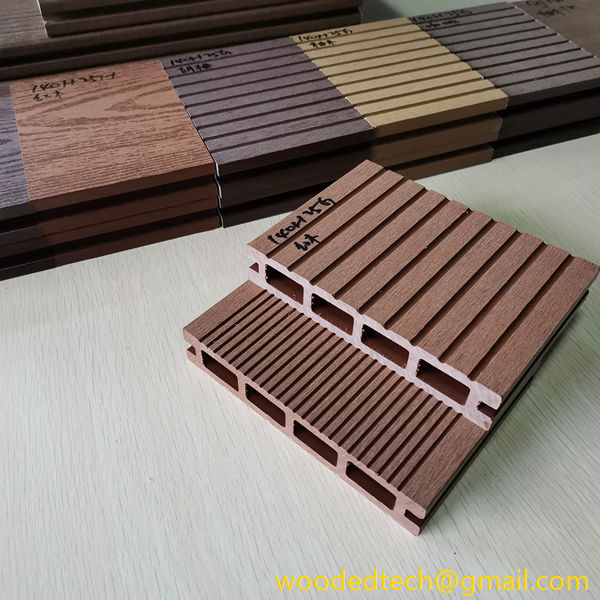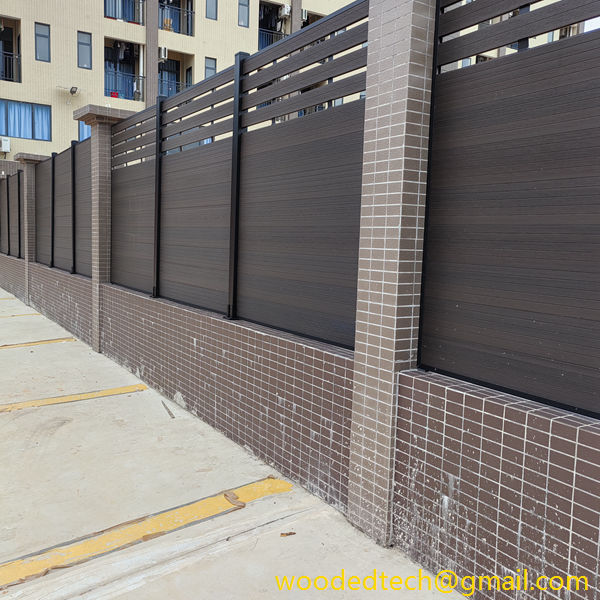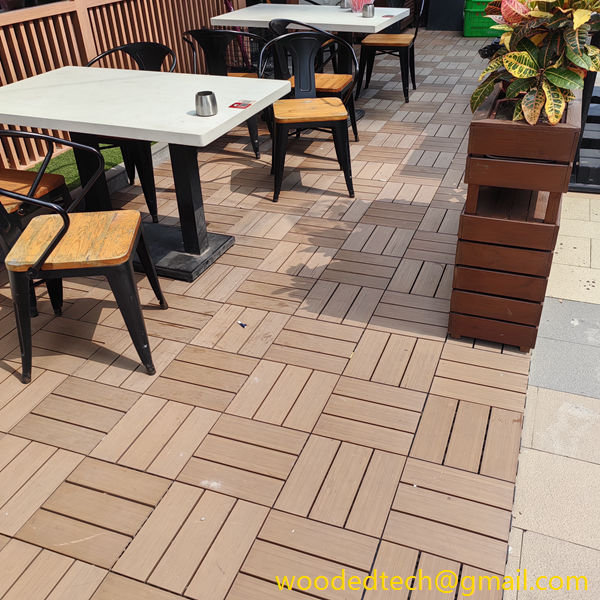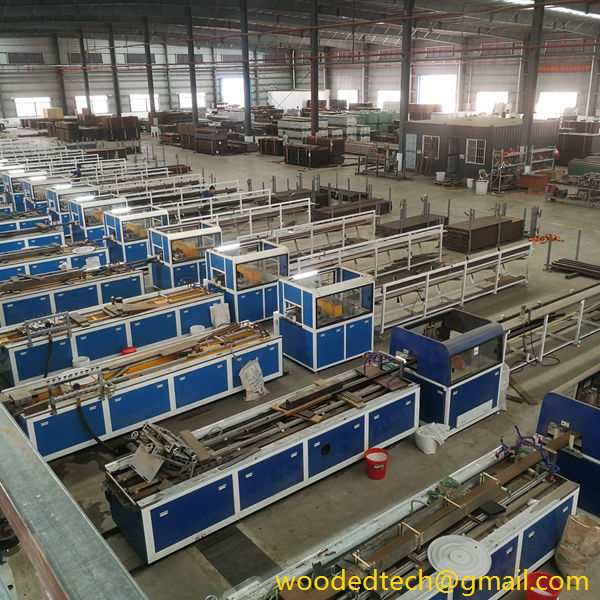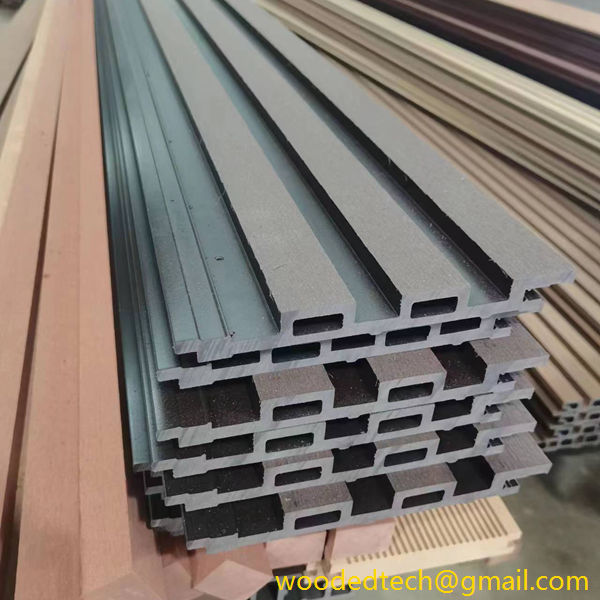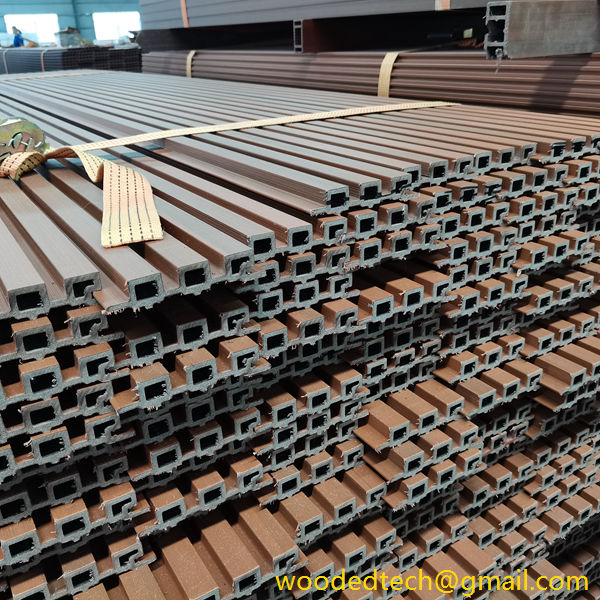Exploring WPC Decking Materials and Their Benefits for Sustainable Outdoor Living Solutions
In recent years, the trend toward sustainable living has gained momentum, and outdoor spaces have become a focal point for homeowners seeking to enhance their environmental footprint. One of the most popular materials for outdoor decking is Wood Plastic Composite, commonly referred to as WPC. This innovative material combines the aesthetics of wood with the durability and low maintenance of plastic, making it an ideal choice for outdoor living solutions. Understanding the installation and maintenance of WPC decking is essential for homeowners considering this option.
WPC decking is composed of a blend of wood fibers and recycled plastic. This composition not only makes it an environmentally friendly choice but also contributes to its durability. The installation of WPC decking is a process that can be straightforward for those with basic carpentry skills. Unlike traditional wood decking, which requires extensive preparation, WPC boards are often available in pre-cut lengths and can be easily handled.
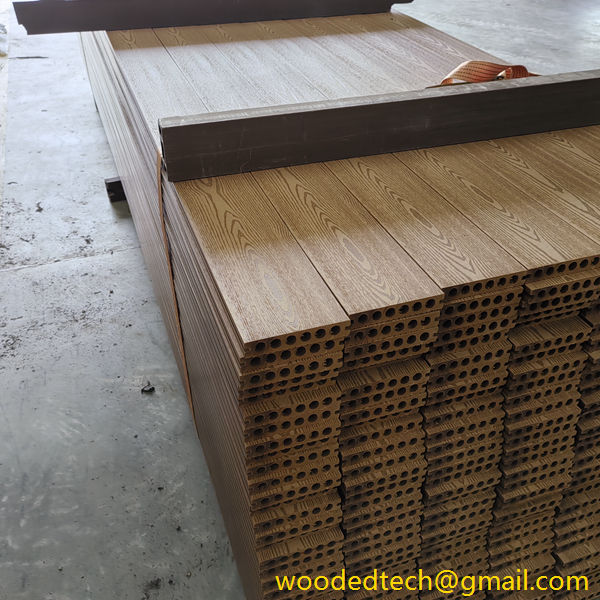
The first step in the installation process is to prepare the foundation. A stable and level surface is crucial to ensure the longevity of the deck. Homeowners can choose to install WPC decking over existing materials, such as concrete or old wooden decks, as long as the base is secure. However, it is advisable to consult local building codes to ensure compliance with regulations regarding deck construction.
Once the base is prepared, the next step is to install the joists, which provide support for the decking. WPC decking typically requires specific spacing between joists to maintain structural integrity and allow for expansion and contraction due to temperature changes. These recommendations can usually be found in the manufacturer’s guidelines. Proper spacing is essential not only for structural support but also for drainage, as WPC materials can retain moisture if not adequately spaced.
After the joists are in place, the WPC boards can be laid down. One of the significant advantages of WPC decking is its ease of installation. Many boards come with a hidden fastening system, which allows for a clean and seamless appearance. This system eliminates the need for visible screws on the surface of the boards, providing a polished look that mimics traditional wood decking. Furthermore, the lightweight nature of WPC makes handling and cutting the boards much more manageable than heavier alternatives.
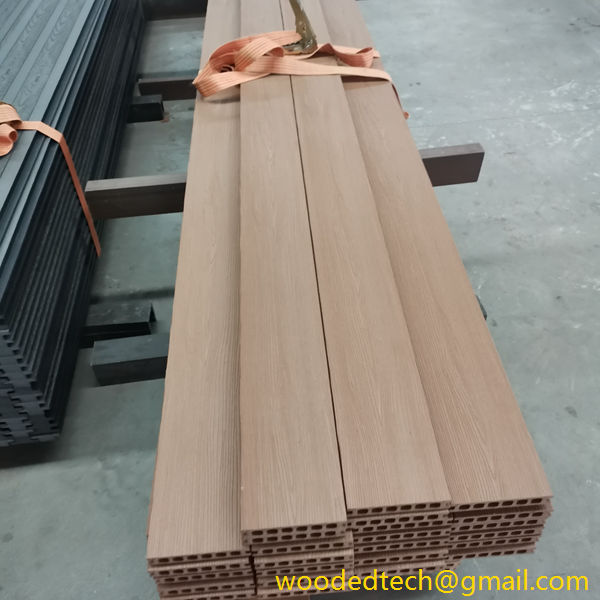
Once the decking is installed, maintenance is relatively straightforward. One of the primary benefits of WPC decking is its resistance to common issues associated with traditional wood, such as rot, splintering, and insect damage. This resilience means that homeowners can enjoy their outdoor spaces without the constant worry of maintenance that wood decking typically requires.
Regular cleaning is the most important aspect of WPC maintenance. Homeowners should sweep the surface periodically to remove dirt and debris. For deeper cleaning, a mixture of soap and water can be used, along with a soft-bristle brush. It is crucial to avoid harsh chemicals or abrasive tools that could damage the surface of the WPC boards. Additionally, it is advisable to clear away any organic material, such as leaves or branches, that may accumulate on the deck, as these can promote mold growth if left unattended.
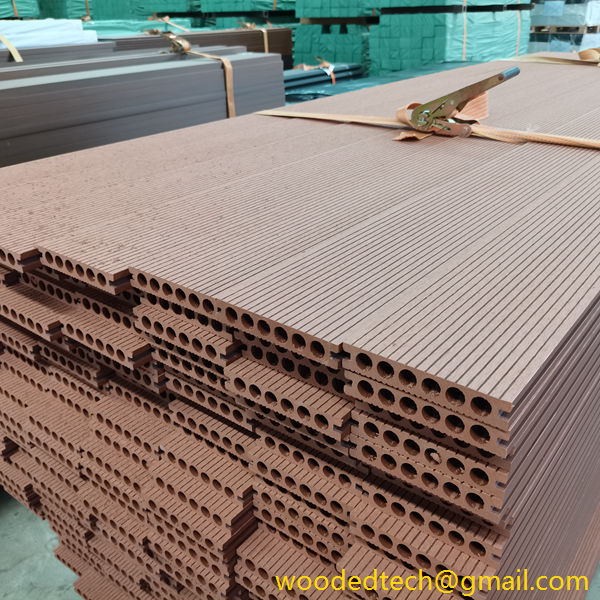
WPC decking also has a significant advantage in terms of sustainability. The use of recycled materials in its production reduces the demand for virgin wood, helping to conserve forests and promote responsible timber sourcing. Furthermore, WPC decking does not require the same level of chemical treatments as traditional wood, which can be harmful to the environment. This aspect makes it an appealing option for environmentally conscious homeowners who wish to minimize their ecological impact.
In conclusion, WPC decking materials offer a sustainable and practical solution for outdoor living spaces. The installation process is relatively simple, and the material’s durability significantly reduces the need for maintenance when compared to traditional wood. By choosing WPC decking, homeowners can create beautiful outdoor areas that not only enhance their property but also contribute to a more sustainable future. With the right preparation and care, WPC decking can provide a long-lasting, attractive, and environmentally friendly option for outdoor living.

